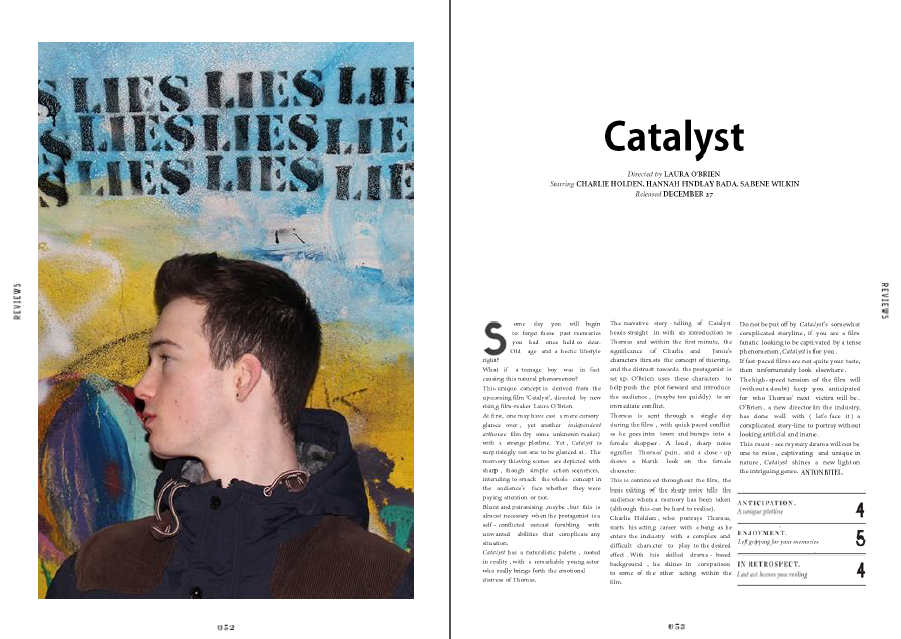We then collected feedback from a member of our target audience who was not a media student but had been aware of the film, poster and the review.
What was taken from the feedback:
- The film itself could have been longer and whilst our group was aware when editing that our film was a bit shorter than we had originally hoped for, this feedback member later suggested that the film could have had more scenes.
- The music and sound effects choices were good, that they made the audience feel for the character, especially the end music.
- The guessing of the genre was spot on, so we knew that we had done well to convey the form and conventions of the mystery and drama genre.
- The target audience was suggested to be lower than what we had planned it to be. We agreed that those younger that our target audience may also be in the audience because of the sci-fi elements.


